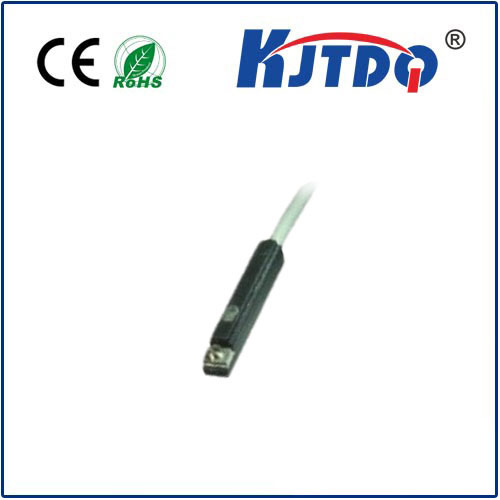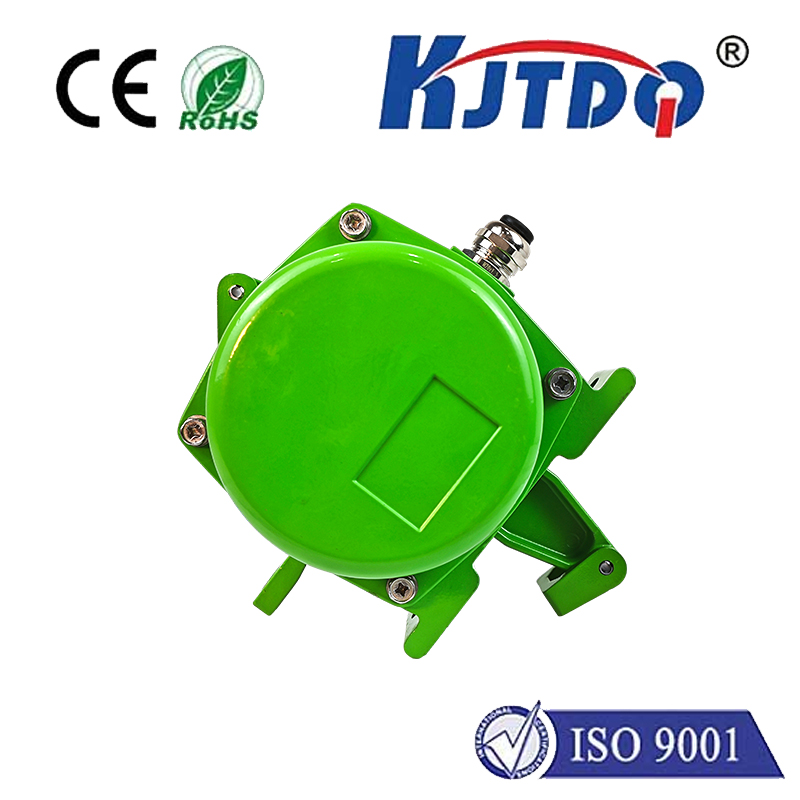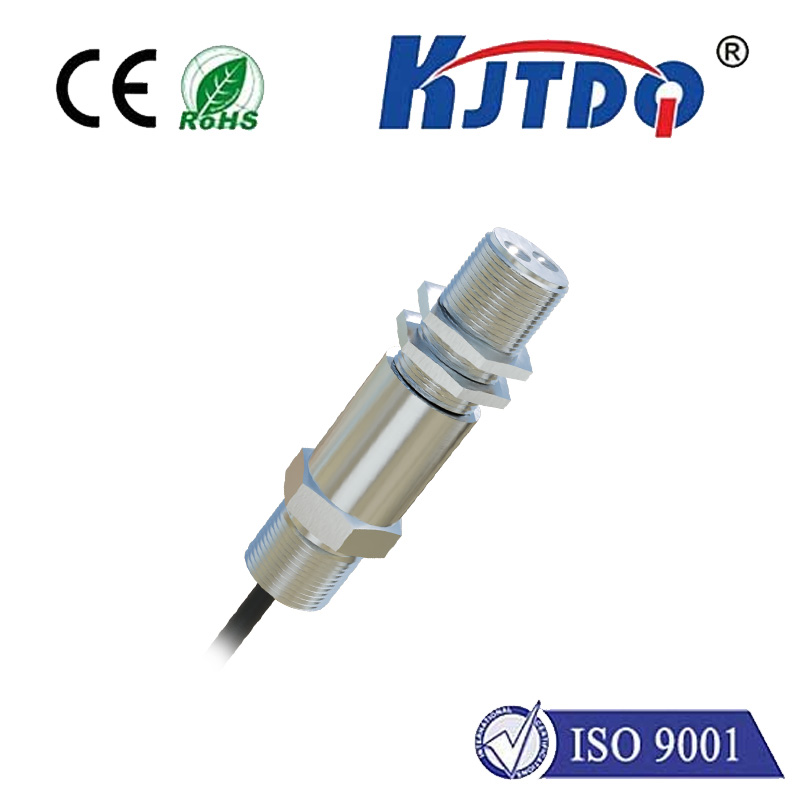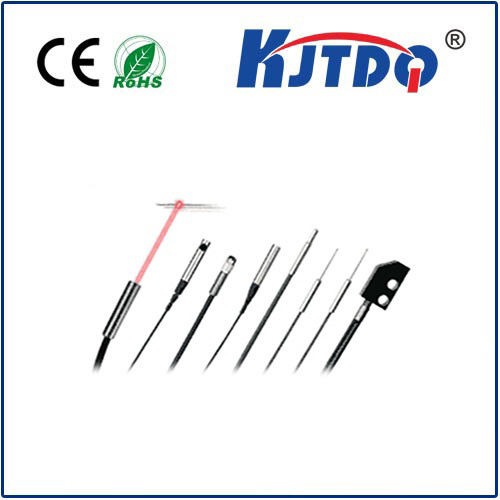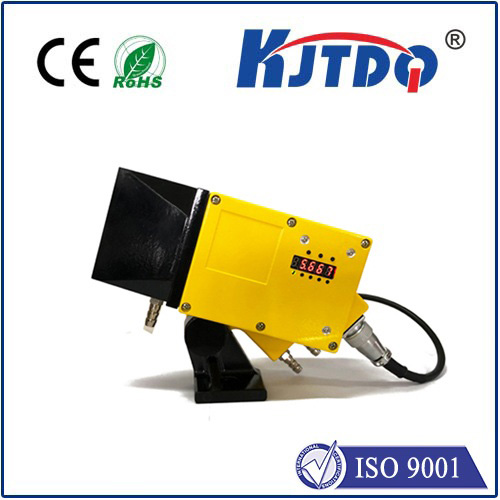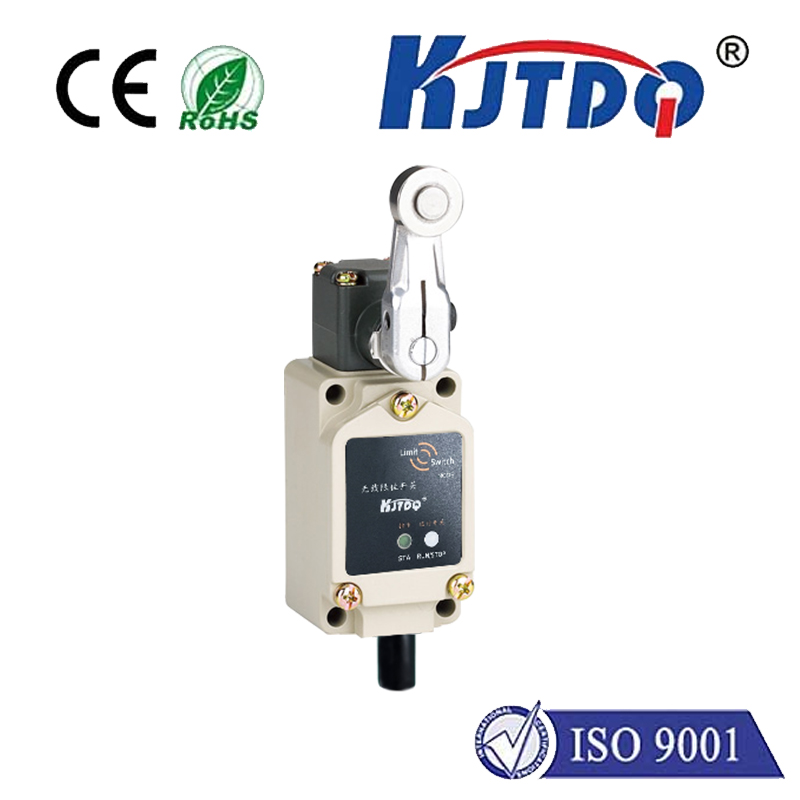BHS004P high pressure proximity sensor
- time:2025-09-29 18:24:01
- Нажмите:0
BHS004P High Pressure Sensor: Uncompromising Proximity Detection in Demanding Environments
Imagine a critical hydraulic press in full operation, pistons pumping under immense pressure. Suddenly, an undetected metal fragment drifts too close, threatening catastrophic damage. Or picture a high-pressure water jet cutting system where precise component positioning is non-negotiable for safety and accuracy. In these punishing environments, standard sensors buckle – literally and figuratively. The BHS004P High Pressure Proximity Sensor steps into this breach, engineered explicitly to deliver reliable, non-contact detection where pressures soar and failure is not an option.
Understanding the Core: What is the BHS004P?
At its heart, the BHS004P is an inductive proximity sensor. This means it detects the presence of metallic objects without physical contact, generating an electromagnetic field and reacting to the disruption caused by a target entering its sensing range. What sets the BHS004P apart is its defining characteristic: its engineered resilience to exceptionally high ambient pressures.
This isn’t just a ruggedized sensor; it’s a specialist built for deployment deep within hydraulic systems, inside pressurized chambers, on subsea equipment, or anywhere surrounding fluids exert forces that would crush or compromise standard sensor housings and internal components. The “High Pressure” designation is its raison d’être.
The Inductive Principle: Reliable Detection Under Duress

The BHS004P leverages the robust physics of inductive sensing:
- Oscillator & Coil: An internal oscillator drives a coil at the sensor’s face, generating a high-frequency alternating electromagnetic field.
- Eddy Currents: When a metallic target (ferrous or non-ferrous) enters this field, eddy currents are induced on the target’s surface.
- Field Damping: These eddy currents draw energy from the sensor’s oscillating field, effectively damping or reducing its amplitude.
- Signal Processing: Sophisticated internal circuitry monitors this field amplitude change. Once damping exceeds a predefined threshold (indicating the target is within the specified sensing distance), the sensor’s output state switches (e.g., from Open to Closed, or vice-versa, depending on configuration - NPN/PNP, NO/NC).
- Output: A clean, electrical signal is sent to the connected control system (PLC, relay, etc.), signaling the target’s presence.
This non-contact method is inherently reliable, wear-free, and immune to dirt, oil, and non-metallic contaminants – advantages crucial in harsh industrial settings. The BHS004P takes this inherent reliability and fortifies it against the crushing force of high pressure.
Engineered for the Extremes: Key Features of the BHS004P
Why choose the BHS004P over a standard inductive sensor? The answer lies in its specialized construction designed to combat high-pressure stresses:
- Robust, Pressure-Resistant Housing: Forget plastic. The BHS004P typically features a high-grade stainless steel housing (often 316L or similar corrosion-resistant alloys). This material provides the exceptional mechanical strength required to withstand deformation or rupture under sustained high pressure, often rated for hundreds or even thousands of Bar/PSI. Integrity under pressure is non-negotiable.
- Hermetic Sealing: Standard O-rings often fail under extreme, cyclic pressure. The BHS004P employs advanced sealing technologies, such as metal-to-metal seals or specialized high-pressure elastomers, achieving true hermeticity. This prevents pressurized media (oil, water, chemicals, gases) from penetrating the sensor cavity, protecting sensitive internal electronics. High IP ratings (like IP67, IP68, IP69K) for dust and water ingress are standard, often complemented by specific high-pressure certifications.
- Optimized Internal Design: Beyond the housing, internal components are carefully selected and arranged to minimize pressure-induced stress points. Potting compounds or specialized assembly techniques may be used to ensure electrical components remain stable and functional regardless of the external pressure load.
- Temperature Tolerance: Environments subject to high pressure often experience significant temperature fluctuations (e.g., hydraulics heating up, deep-sea cold). The BHS004P is designed to operate reliably across a wide temperature range, maintaining sensing performance from deep freeze to intense heat.
- Reliable Electrical Connections: Electrical terminations (cable or connector) are reinforced to withstand the mechanical stresses associated with high-pressure installations and potential vibration. Connection integrity is critical for continuous operation.
Where Reliability Under Pressure is Paramount: Applications
The BHS004P finds its critical niche wherever proximity sensing needs to happen inside pressurized systems or environments:
- Hydraulic & Pneumatic Systems: Monitoring piston position within cylinders, detecting component presence on valve blocks, confirming tooling location in presses. Failure here can lead to system damage or unsafe operation.
- Offshore & Subsea Equipment: Position sensing on remotely operated vehicles (ROVs), blowout preventers (BOPs), subsea valves, and drilling equipment operating under extreme ocean depths.
- High-Pressure Testing Rigs: Verifying component placement or movement within chambers subjected to intense pressure during leak testing or material stress tests.
- Chemical & Process Industries: Detection tasks within reactors, pipelines, or mixing vessels operating under significant pressure with potentially corrosive media.
- Water Jet Cutting: Ensuring precise positioning of cutting heads and workpiece clamps where ultra-high-pressure water is the tool.
- Die Casting & Molding: Monitoring ejector pins, core pulls, or component presence within the high-pressure injection environment.
Why the BHS004P is the Strategic Choice
Selecting the BHS004P isn’t just about adding a sensor; it’s about investing in system integrity, safety, and uptime:
- Prevent Costly Failures: Detecting metal fragments or verifying component position prevents jams and catastrophic damage to expensive machinery. Proactive detection saves downtime and repair costs.
- Повышение безопасности: Ensuring critical components are correctly positioned before high-pressure operations commence mitigates significant safety risks.
- Unmatched Durability: The rugged construction ensures a long service life even in the most punishing conditions, reducing replacement frequency and maintenance overhead.
- Process Reliability: Consistent, drift-free sensing signals translate to predictable and repeatable automated processes under pressure. Consistency drives quality and efficiency.
- Simplified Integration: Designed as a direct, high-pressure alternative to standard inductive sensors in terms of electrical interfaces (DC 3-wire), the BHS004P often integrates seamlessly into existing control architectures.
BHS004P vs. Standard Proximity Sensors: The Critical Difference
| Особенности |
Стандартный датчик приближения |
BHS004P High Pressure Proximity Sensor |
| Pressure Rating |
Low to Moderate (e.g.,
| Very High (e.g., 250 Bar, 500 Bar, 1000+ Bar+) |
| Housing |
Plastic, Mild Steel, or Basic SS |
Specialized High-Grade Stainless Steel |
| Primary Seals |
Standard Elastomer O-rings |
Metal-to-Metal or High-Pressure Elastomers |
| Key Strength |
Versatility, Cost-Effectiveness |
Reliability & Integrity Under Extreme Pressure |
| Typical Env. |
General Machinery, Conveyors |
Hydraulic Cylinders, Presses, Subsea, HP Test Rigs |
When operational pressures climb beyond the capabilities of standard components, the B








